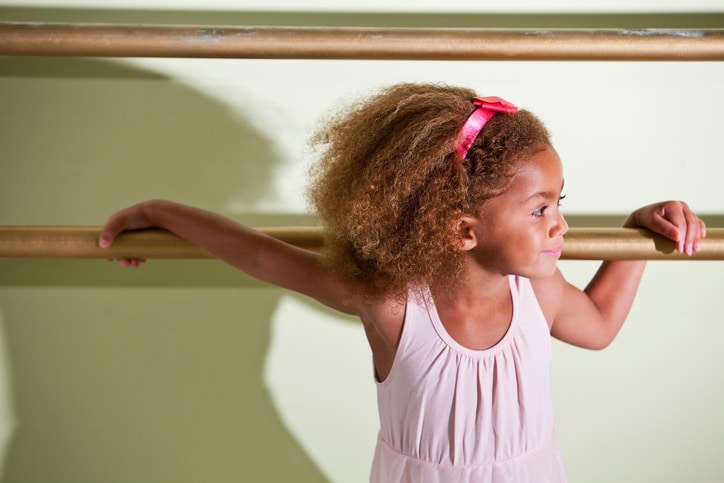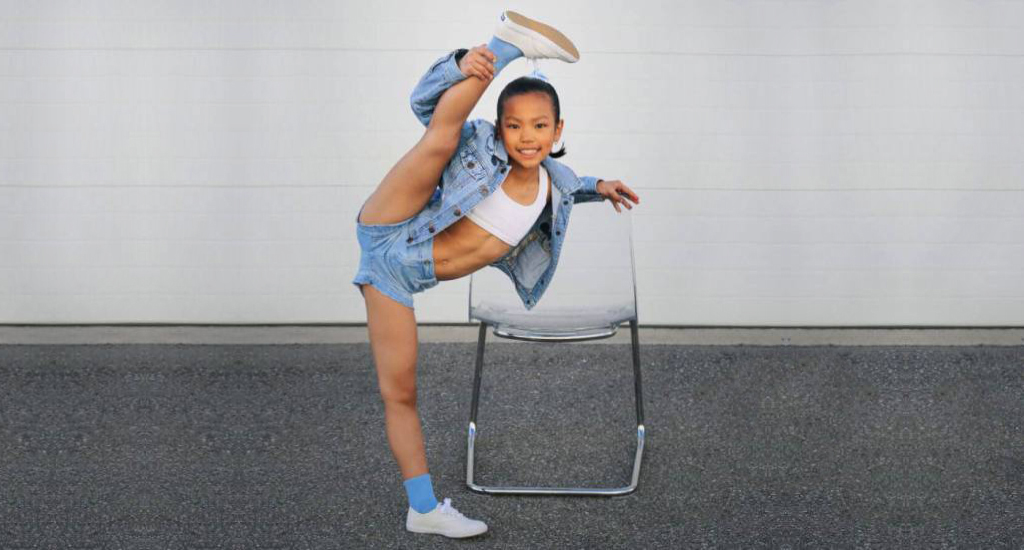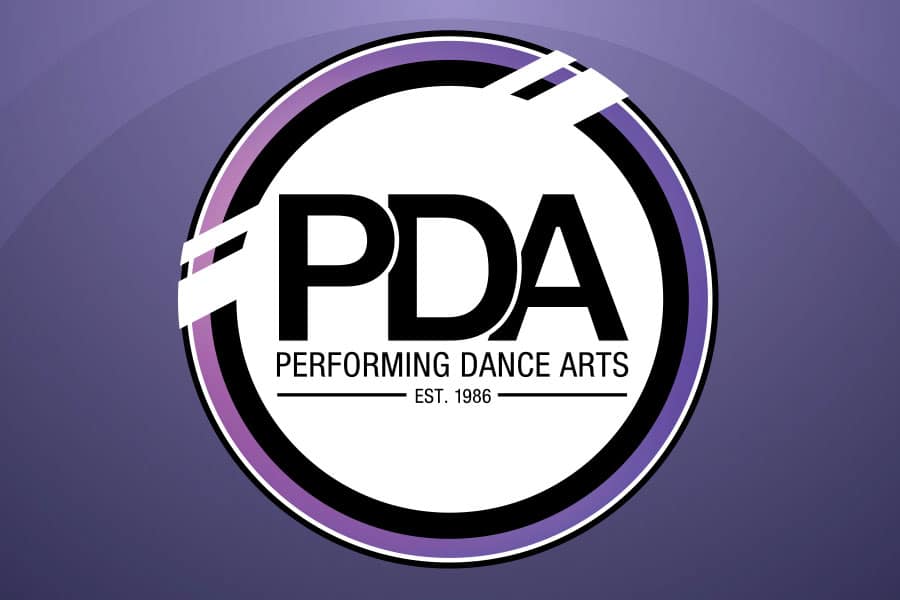The connection between dance and cognitive function has been one that has fascinated scientists for years. There have been countless studies over time looking at the subject, with the overwhelming conclusion being that there is a connection between dance classes and improving an individual’s cognitive skills.
Here are just a few of the ways dance classes can benefit a child when they get older:
• It helps with balance, as many of the motions involved in dance art use areas of the brain related to balance.
• Dance lessons improve muscle memory since many styles of dance, such as ballet, require dancers to memorize many moves, starting with simple ones before building up to more complex routines.
• Taking dance classes can give your child a sense of self-awareness. And not just mentally, but
physically as well; many dancers develop a “sixth sense” about their surroundings and even other people.
• Just like many physical activities, dancing gets blood pumping to the brain, which in turn improves cognitive functioning.
• Dancing requires following certain cues, such as when to make an entrance or take over for someone else. This means that learning to dance can greatly improve a child’s sense of timing.
• Dancing can also help to reduce levels of stress and depression and improve a child’s outlook on life.
Dancing Synchronizes Your Brain
Another benefit of dance for children is that it improves their concentration; many parents of children taking dance lessons report that their child’s grades greatly improved after beginning lessons. This is because dancing constantly rewires the brain, keeping it sharp and functioning well. This is due to a dancer often having to perform several complex moves in rapid succession, which requires sharp mental acuity.
It Reduces the Risk of Developing Dementia Later in Life
Studies have found that individuals who dance regularly through their lives greatly reduce their risk of developing dementia, Alzheimer’s disease, and other cognitive impairments that affect us as we get older. In fact, it’s been found that seniors who participate in a dance art of some form reduce their chances of developing cognitive decline by 75%. Imagine what dance lessons once a week can do for a child!
At Performing Dance Arts, we recommend classes in a dance art at least four times a week for the best results. We provide dance lessons in a number of styles at our conveniently located studio in Vaughan. And in addition to better cognitive functioning, you’ll also see an improvement in their fitness and confidence when they learn from us. Contact Performing Dance Arts for more information!
Sources:
“Dancing Helps the Brain Function Better,” ExaminedExistence.com; http://examinedexistence.com/dancing-helps-the-brain-function-better/, last accessed February 12, 2015.
Bergland, C., “Why Dancing is So Good For Your Brain,” Psychology Today web site, October 1, 2013; https://www.psychologytoday.com/blog/the-athletes-way/201310/why-is-dancing-so-good-your-brain.
Bates, S., “Dancing With Brian,” BrainFacts.org, March 1, 2009; http://www.brainfacts.org/sensing-thinking-behaving/movement/articles/2009/dancing-and-the-brain/.
Atkins, M., “Get Dancing. Dance after Brain Injury,” ChangedLivesNewJourneys.com, February 25, 2014; http://www.changedlivesnewjourneys.com/dance-after-brain-injury/.



